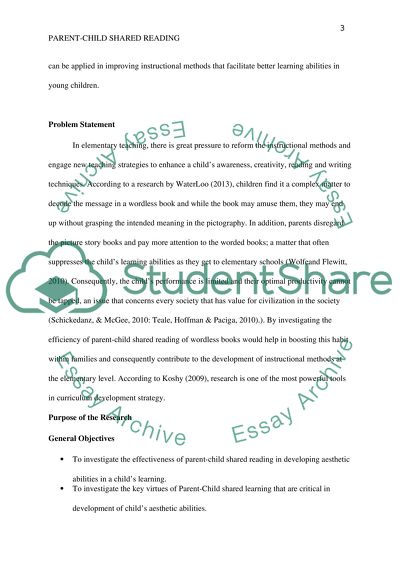Cite this document
(“The Aesthetics of Parent-Child Shared Reading Wordless Storybooks Research Paper”, n.d.)
The Aesthetics of Parent-Child Shared Reading Wordless Storybooks Research Paper. Retrieved from https://studentshare.org/education/1489084-the-aesthetics-of-parent-child-shared-reading
The Aesthetics of Parent-Child Shared Reading Wordless Storybooks Research Paper. Retrieved from https://studentshare.org/education/1489084-the-aesthetics-of-parent-child-shared-reading
(The Aesthetics of Parent-Child Shared Reading Wordless Storybooks Research Paper)
The Aesthetics of Parent-Child Shared Reading Wordless Storybooks Research Paper. https://studentshare.org/education/1489084-the-aesthetics-of-parent-child-shared-reading.
The Aesthetics of Parent-Child Shared Reading Wordless Storybooks Research Paper. https://studentshare.org/education/1489084-the-aesthetics-of-parent-child-shared-reading.
“The Aesthetics of Parent-Child Shared Reading Wordless Storybooks Research Paper”, n.d. https://studentshare.org/education/1489084-the-aesthetics-of-parent-child-shared-reading.


